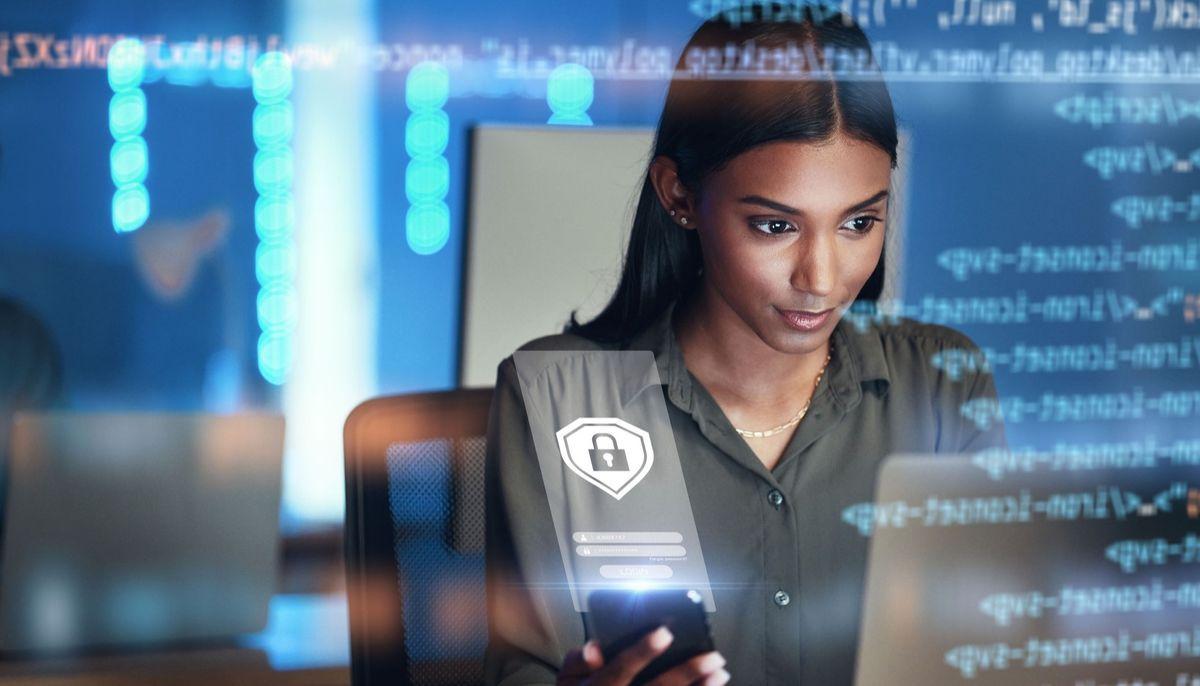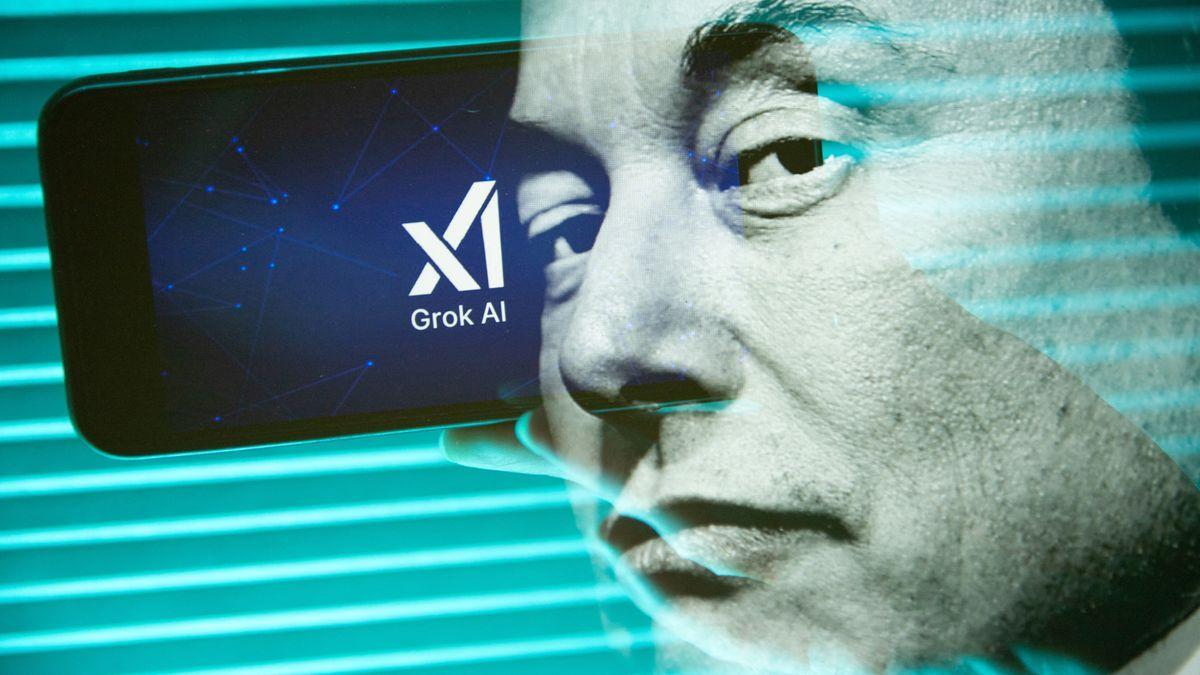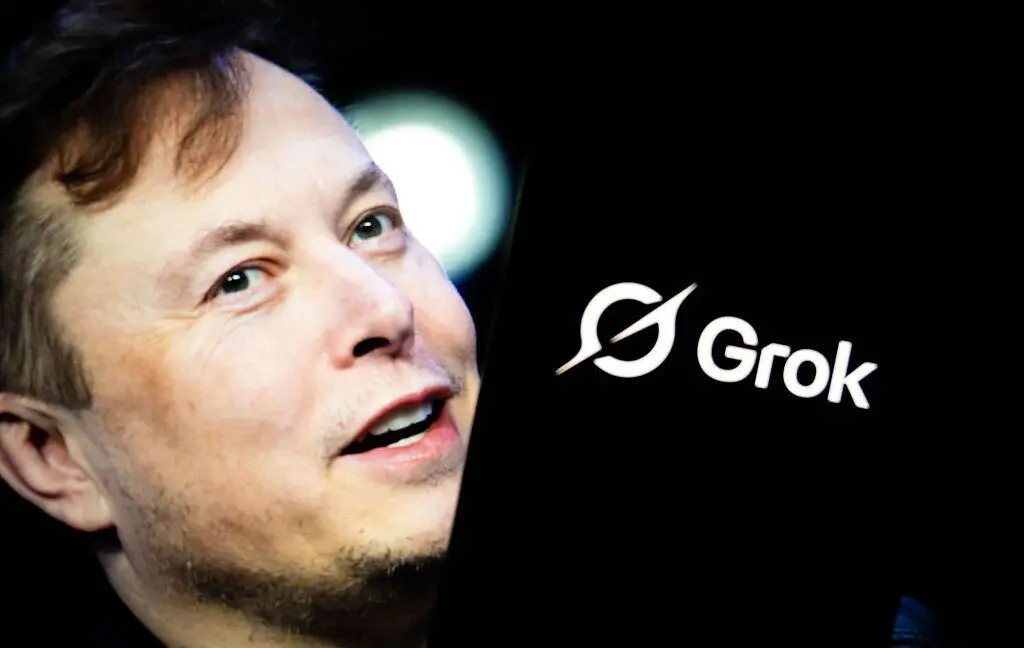The Deepfake Dilemma: How AI-Generated Content is Reshaping Corporate and Reputational Risks
2 Sources
2 Sources
[1]
Inside the deepfake threat that's reshaping corporate risk
Fakes were once straightforward to identify; unusual accents, inconsistent logos, or poorly written emails clearly indicated a scam. These indicators, however, are becoming increasingly difficult to detect as deepfake technology becomes increasingly sophisticated. What began as a technical curiosity is now a very real threat - not just to individuals, but to businesses, public services, and even national security. Deepfakes - highly convincing fake videos, images or audio created using artificial intelligence - are crossing a dangerous threshold. The line between real and fake is no longer blurred and, in some cases, it's all but vanished. For businesses who work across sectors where trust, security and authenticity are paramount, the implications are serious. As AI tools become increasingly advanced, so too do the tactics of those who seek to exploit it. And while most headlines focus on deepfakes of celebrities or political figures, the corporate risks are growing. The barrier to entry is lower than ever. A few years ago, generating a convincing deepfake required a powerful computer, specialist skills and above all, time. Today, with just a smartphone and access to freely available tools, almost anyone can generate a passable fake video or voice recording in minutes. In fact, a projected 8 million deepfakes will be shared in 2025, up from 500,000 in 2023. This broader accessibility of AI means the threat is no longer confined to organized cybercriminals or hostile state actors. The tools to cause disruption are now readily available to anyone with intent. In a corporate context, the implications are significant. A fabricated video showing a senior executive making inflammatory remarks could be enough to trigger a drop in share price. A voice message, virtually indistinguishable from that of a CEO, might instruct a finance team to transfer funds to a fraudulent account. Even a deepfake ID photo could deceive access systems and allow unauthorized entry into restricted areas. The consequences extend far beyond embarrassment or financial loss. For those working in critical infrastructure, facilities management, or frontline services, the stakes include public safety and national resilience. For every new advancement in deepfake technology, there's a parallel effort to improve detection and mitigation. Researchers and developers are racing to create tools that can spot the tiny imperfections in manipulated media. But it's a constant game of cat and mouse, and at present, the 'fakers' tend to have the upper hand. A 2024 study, in fact, found that top deepfake detectors saw accuracy drop by up to 50% on real-world data, showing detection tools are struggling to keep up. In some cases, even experts can't tell the difference between real and fake without forensic analysis. And most people don't have the time, tools or training to question what they see or hear. In a society where content is consumed quickly and often uncritically, deepfakes can spread misinformation, fuel confusion, or damage reputations before the truth has a chance to catch up. There's also a wider cultural impact. As deepfakes become more widespread, there's a risk that people start to distrust everything - including genuine footage. This is sometimes called the 'liar's dividend', meaning real evidence can be dismissed as fake, simply because it's now plausible to claim so. The first step is recognising that deepfakes aren't a theoretical risk. They're here. And while most businesses won't yet have encountered a deepfake attack, the speed at which the technology is improving means it's no longer a question of if, but when. Organizations need to adapt their security protocols to reflect this. That means more rigorous verification processes for requests involving money, access or sensitive information. It means training staff to question the authenticity of messages or media - especially those that come out of the blue or provoke strong reactions - and creating a 'culture of questioning' throughout the business. And where possible, it means investing in technology that can help spot fakes before damage is done. Whether it's equipping teams with the knowledge to spot red flags or working with clients to build smarter security systems, the goal is the same: to stay ahead of the curve. The deepfake threat also raises important questions about accountability. Who takes the lead in defending against digital impersonation - tech companies, governments, employers? And what happens when mistakes are made - when someone acts on a fake instruction or is misled by a synthetic video? There are no easy answers. But waiting isn't an option. There's no silver bullet for deepfakes, but awareness, vigilance and proactive planning go a long way. For businesses operating in complex environments - where people, trust and physical spaces intersect - deepfakes are a real-world security challenge. The rise of AI has given us remarkable tools, but it's also given those with malicious intent a powerful new weapon. If truth can be manufactured, then helping clients and teams tell fact from fiction has never been more important. We've featured the best online cybersecurity courses.
[2]
Deepfakes are becoming a reputational crisis for public figures
A high-level digital deception recently triggered alarms inside the U.S. government. A Signal account, created using the name of Secretary of State Marco Rubio, contacted senior officials -- including foreign ministers, a governor, and a member of Congress -- with AI-generated audio that convincingly imitated Rubio's voice. This was not a prank or a political stunt. It was a clear warning about how easily trust can be exploited when artificial intelligence is used to impersonate public figures. The incident is one of the clearest signs yet that synthetic media is crossing from novelty to threat. With just a few voice clips and an AI tool, individuals can now impersonate anyone. That opens the door to a wave of reputational attacks that are more personal, more precise, and more damaging than anything we have seen before. Just imagine the consequences if impersonators used AI to release "leaked" audio of a Fortune 500 CEO admitting to fraud. The company's stock could plunge. Markets could react before anyone verifies whether the audio is real. The harm would spread far beyond the targeted individual. Financial consequences could be immediate and severe, affecting investors, employees, and customers alike. The risk is not limited to CEOs. Celebrities could be placed at the center of manufactured scandals. Activists could be misrepresented to discredit their work. High-ranking military officials or government leaders could be impersonated to create confusion or even incite conflict. In the past, reputational threats typically stemmed from real-world controversies, genuine leaks, or controversial remarks. Now, they can be fabricated entirely from data. Because this technology is so convincing, the damage can be done long before the truth catches up. These developments are forcing companies, campaigns, and public institutions to reconsider how they protect their reputations. Communications teams are beginning to plan for scenarios involving synthetic content, audio or video that appears authentic but is entirely false. Responding to these threats will require not only rapid communication but also new methods for verifying and disproving digital content. Some governments are starting to take this challenge seriously. Denmark recently passed a law that gives individuals copyright over their own voice and likeness. This legal recognition allows people to challenge the unauthorized use of their identity in synthetic content. It also sends a message: deepfakes are not harmless entertainment. They are potentially dangerous tools that require accountability. In the U.S., legal protections remain limited. Although some states have taken steps to address deepfakes in specific contexts, there is no comprehensive national framework. As AI continues to advance, legislation will need to evolve as well. Clear standards and enforceable protections can help prevent reputational sabotage before it happens. This is not about slowing innovation. AI offers meaningful benefits in areas like education, medicine, and accessibility. Voice synthesis, in particular, has the potential to enhance communication for people with disabilities and to bridge language barriers. But when those same tools are used to deceive, they carry consequences that reach beyond any one person or organization. At a time when public trust is already fragile, the spread of synthetic misinformation could make it even harder to know what is real. The result is not just personal damage but broader confusion and cynicism. If people cannot trust what they hear or see, they may stop trusting altogether. The Rubio deepfake offers a glimpse of what is coming. It is not an isolated event. It is part of a growing pattern that includes cloned voices used in scams, manipulated videos shared to mislead, and AI-generated content that can upend reputations in a matter of hours. There is still time to respond. Public figures can take steps to secure their digital identities. Platforms can invest in better detection and disclosure tools. Policymakers can study models like Denmark's and begin crafting laws that protect against identity misuse in the AI era. Reputation is hard to build and easy to lose. In the age of AI, protecting it has never been more urgent. Evan Nierman is CEO of crisis PR firm Red Banyan and author of "Crisis Averted: PR Strategies to Protect Your Reputation and the Bottom Line."
Share
Share
Copy Link
Deepfake technology is rapidly advancing, posing significant threats to businesses, public figures, and national security. This article explores the growing accessibility of deepfake tools, their potential for corporate and reputational damage, and the challenges in detecting and mitigating these AI-generated deceptions.
The Rise of Deepfake Technology
Deepfake technology, once a technical curiosity, has rapidly evolved into a significant threat to individuals, businesses, and even national security. These highly convincing fake videos, images, or audio created using artificial intelligence are becoming increasingly difficult to detect, with the line between real and fake content virtually disappearing in some cases
1
.The accessibility of deepfake tools has dramatically increased, lowering the barrier to entry for potential misuse. What once required powerful computers, specialist skills, and considerable time can now be accomplished with just a smartphone and freely available tools. Projections suggest that by 2025, approximately 8 million deepfakes will be shared, a significant increase from 500,000 in 2023
1
.Corporate and Reputational Risks
The implications for businesses and public figures are profound. A fabricated video of a senior executive making inflammatory remarks could trigger a stock price drop, while a convincing voice message impersonating a CEO could lead to fraudulent fund transfers. Even deepfake ID photos could potentially breach physical security systems
1
.
Source: The Hill
A recent incident highlighted the severity of this threat when a Signal account, created using the name of Secretary of State Marco Rubio, contacted high-ranking officials with AI-generated audio that convincingly imitated Rubio's voice
2
. This event underscores how easily trust can be exploited using AI impersonation techniques.Detection Challenges and Cultural Impact
While efforts to improve deepfake detection are ongoing, the technology used to create these deceptions often outpaces the tools designed to identify them. A 2024 study revealed that top deepfake detectors experienced up to a 50% drop in accuracy when tested on real-world data, indicating the struggle to keep up with advancing AI capabilities
1
.
Source: TechRadar
The proliferation of deepfakes also poses a broader cultural threat. As synthetic media becomes more prevalent, there's a risk of widespread distrust in all content, including genuine footage. This phenomenon, known as the "liar's dividend," could allow real evidence to be dismissed as fake, simply because such claims are now plausible
1
.Related Stories
Mitigation Strategies and Legal Considerations
Organizations are being forced to adapt their security protocols to address the deepfake threat. This includes implementing more rigorous verification processes for sensitive requests, training staff to question the authenticity of messages or media, and fostering a "culture of questioning" throughout the business
1
.On the legal front, some governments are taking steps to address the issue. Denmark, for instance, recently passed a law giving individuals copyright over their own voice and likeness, allowing them to challenge unauthorized use of their identity in synthetic content
2
. However, in many countries, including the United States, legal protections remain limited, highlighting the need for comprehensive national frameworks to address deepfake-related issues.The Path Forward
As AI continues to advance, it's crucial for businesses, public figures, and policymakers to take proactive steps in addressing the deepfake threat. This includes securing digital identities, investing in better detection and disclosure tools, and crafting laws that protect against identity misuse in the AI era
2
.While there's no silver bullet for combating deepfakes, a combination of awareness, vigilance, and proactive planning can go a long way in mitigating the risks. As the technology continues to evolve, so too must our strategies for preserving trust and authenticity in the digital age.
References
Summarized by
Navi
Related Stories
Recent Highlights
1
Meta acquires Manus for $2 billion, adding revenue-generating AI agents to its platforms
Business and Economy

2
China proposes world's strictest AI chatbot rules to prevent suicide and emotional manipulation
Policy and Regulation

3
Musk's xAI acquires third building, pushing AI compute capacity to a massive 2 gigawatts
Technology








